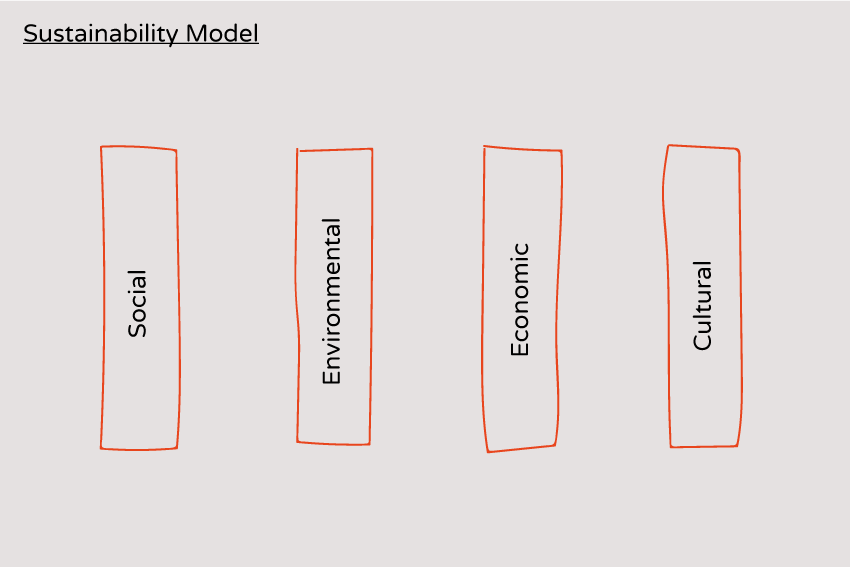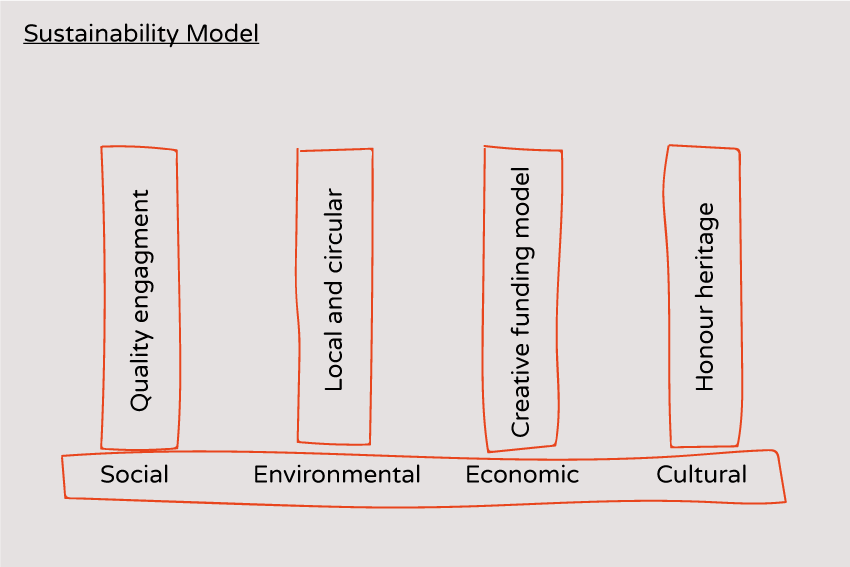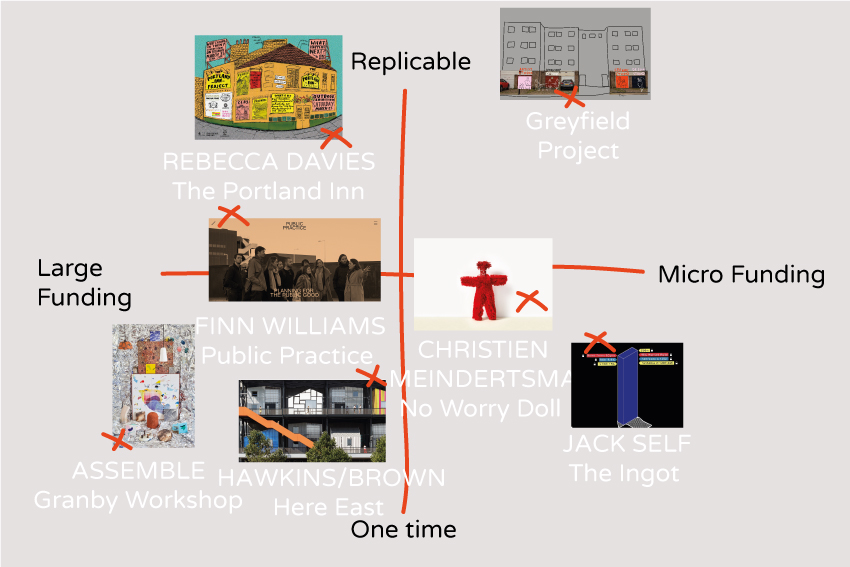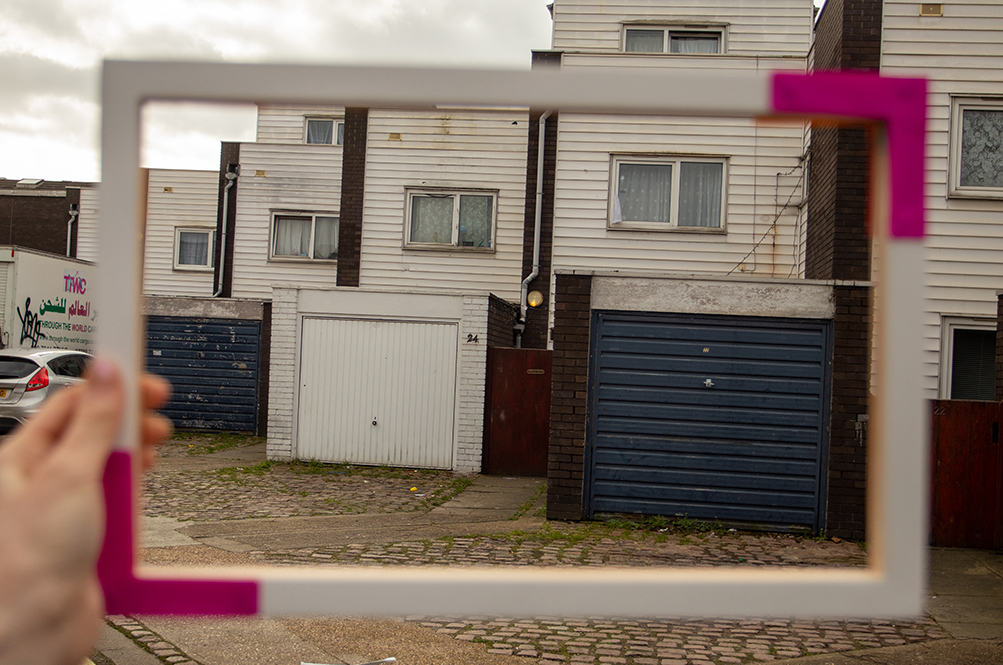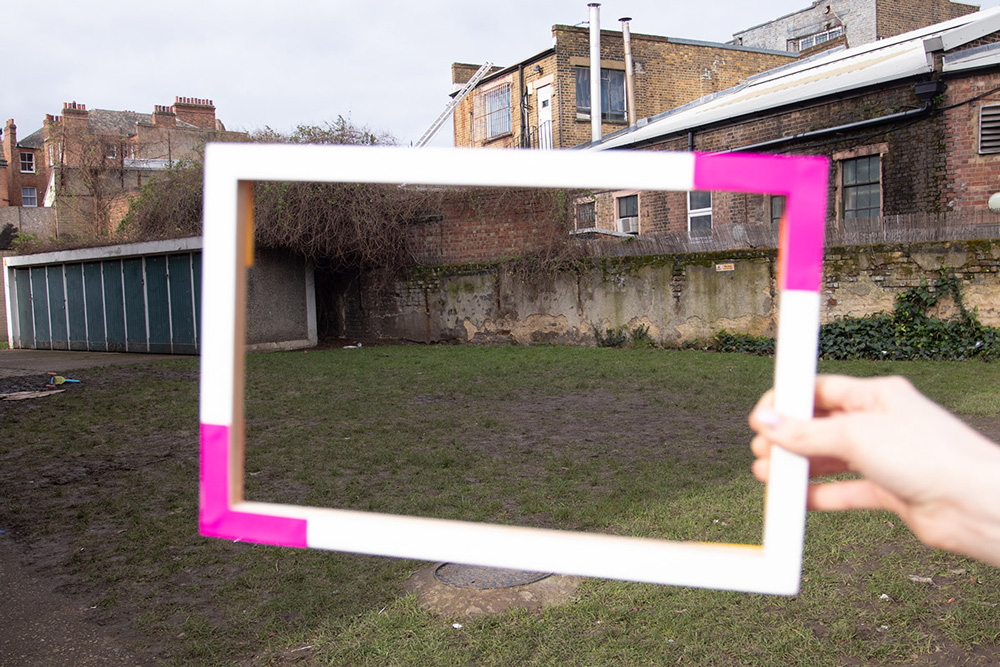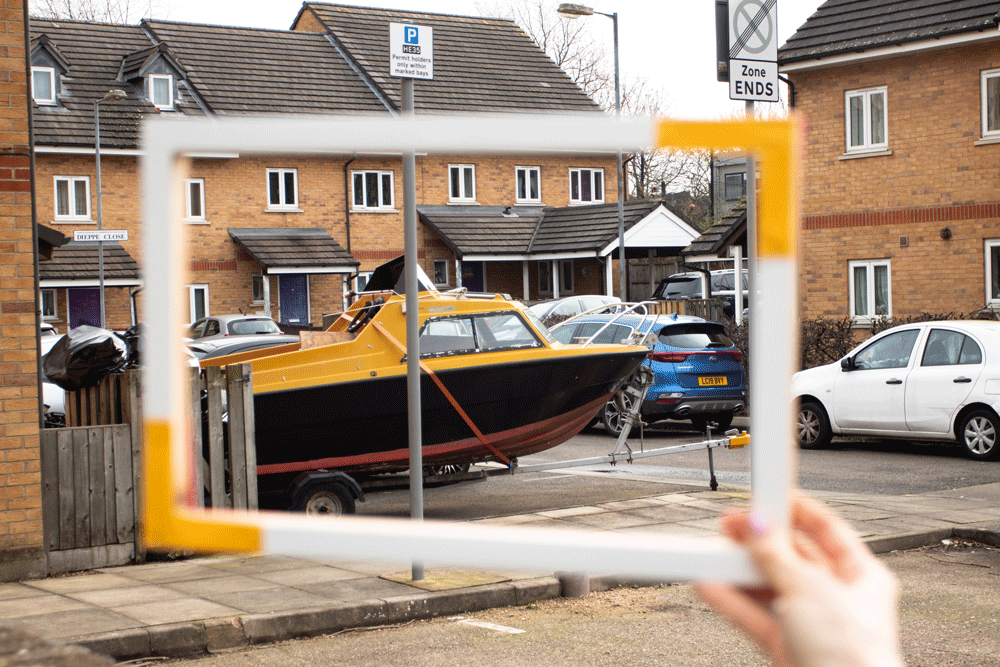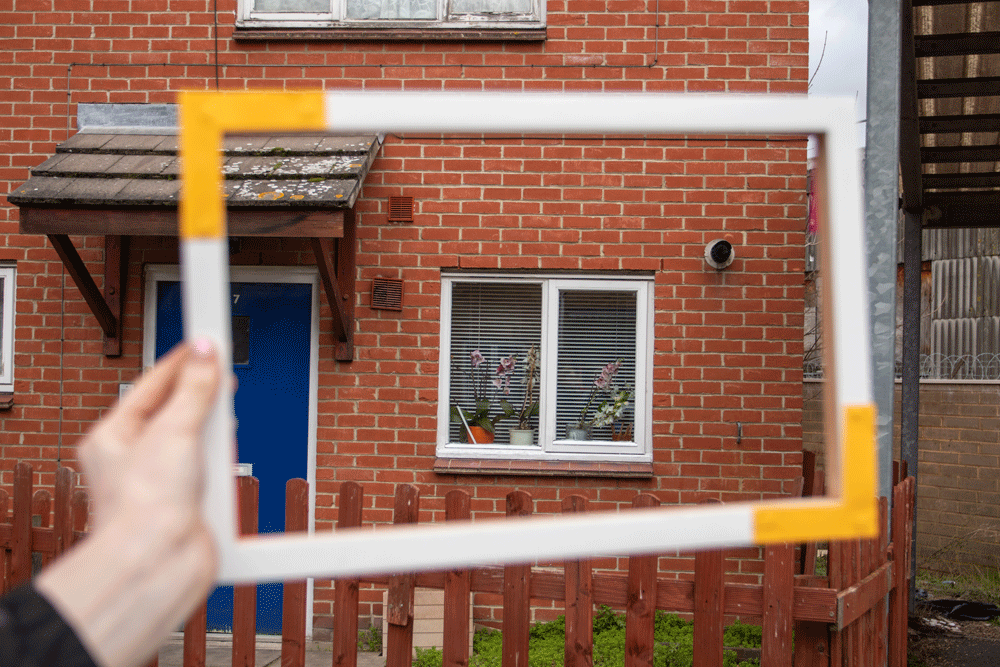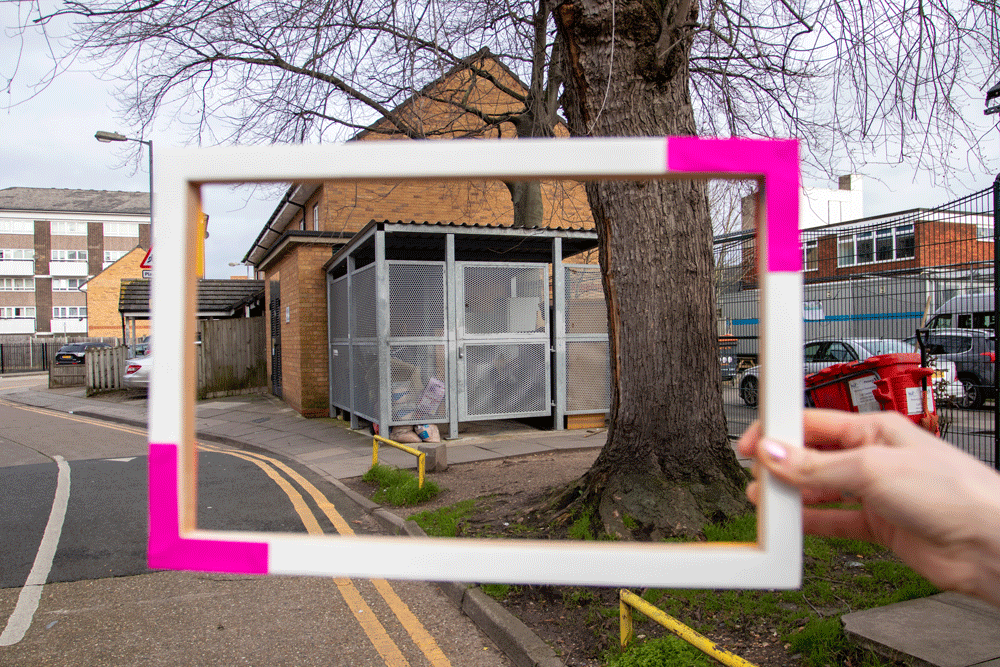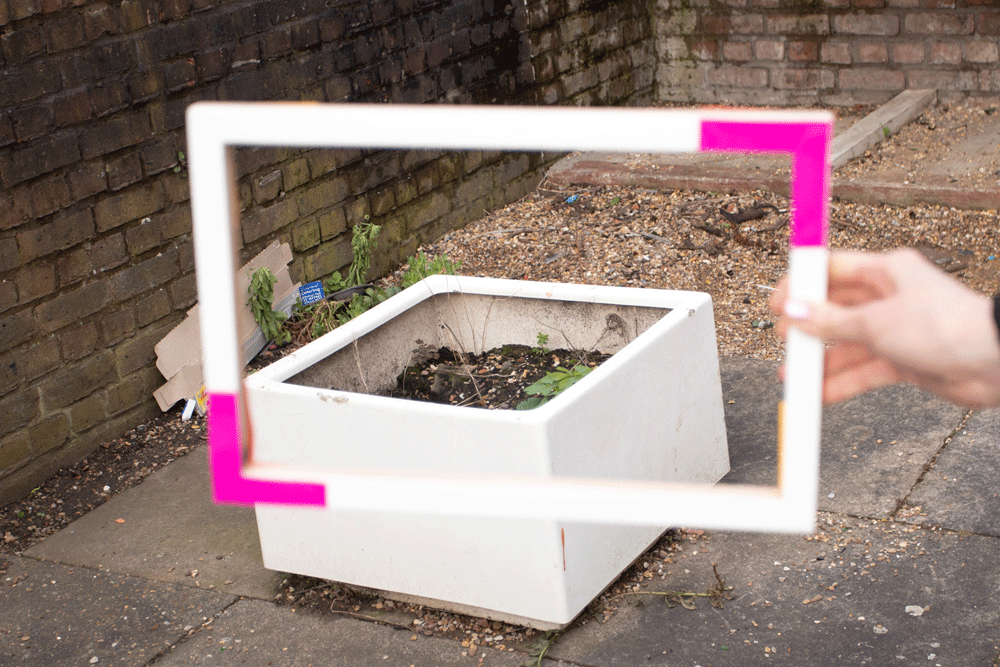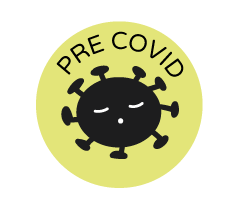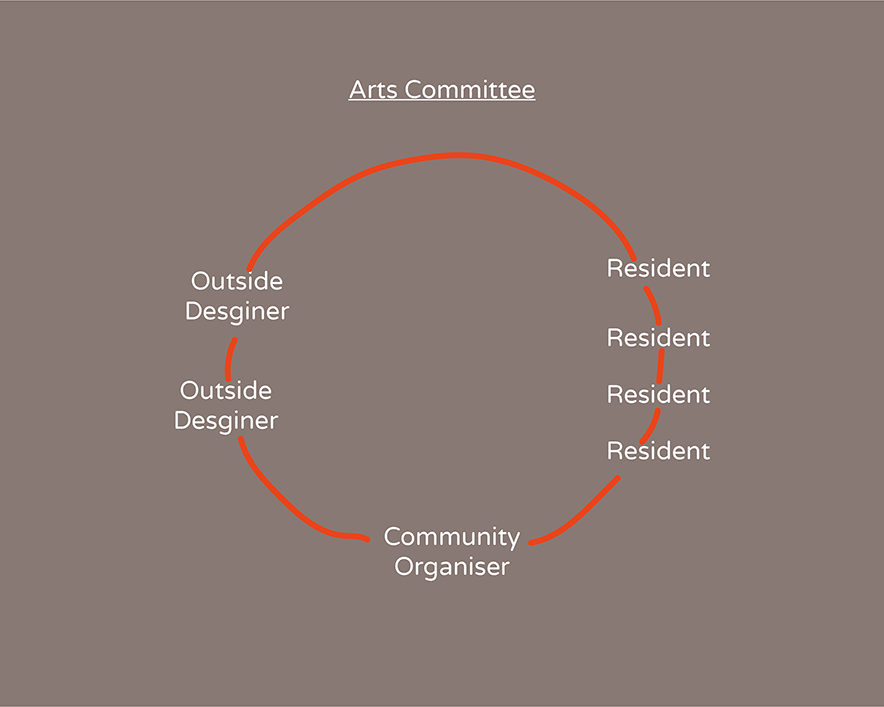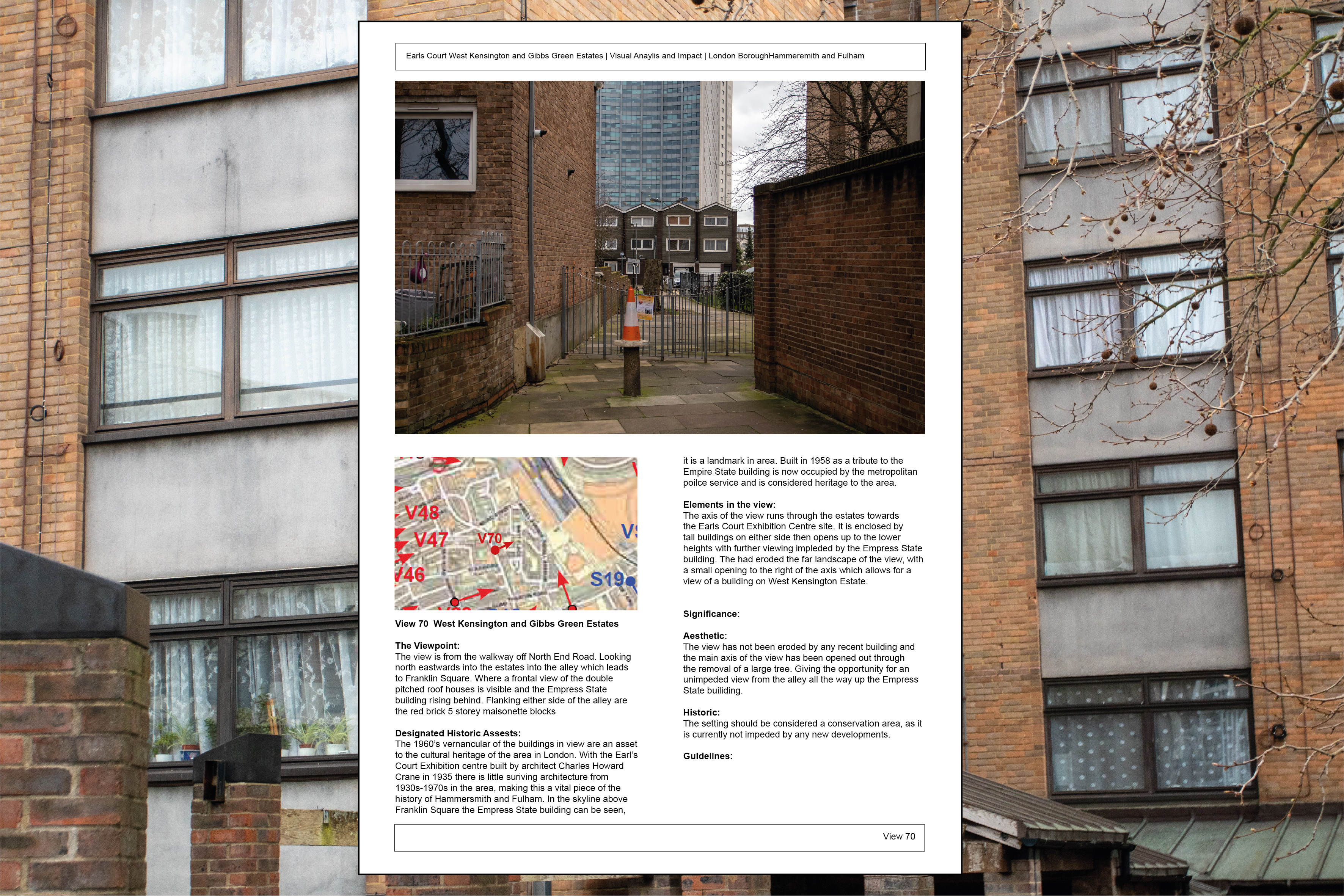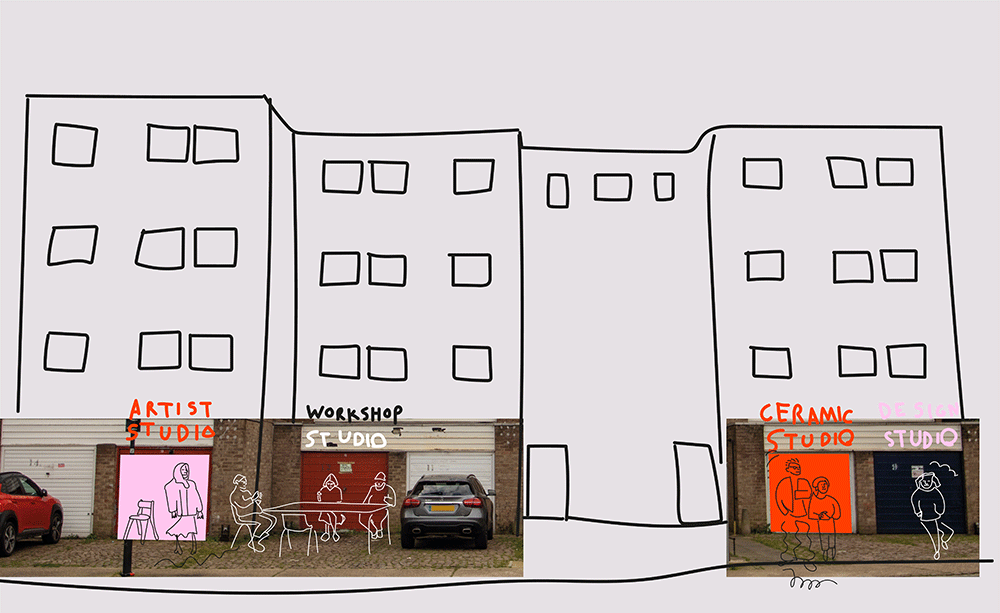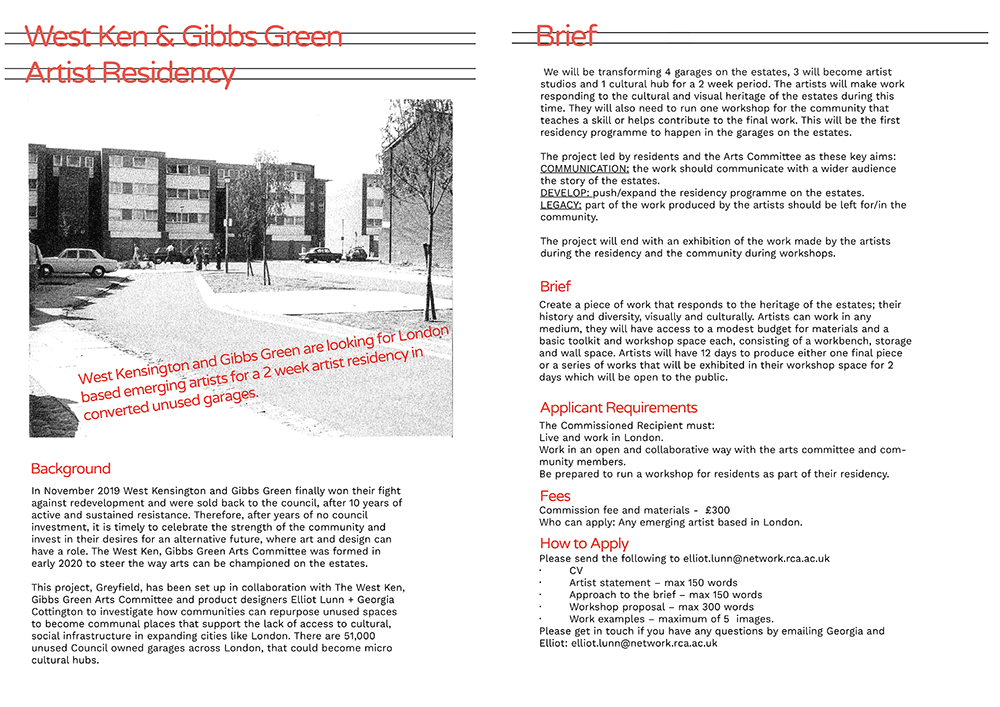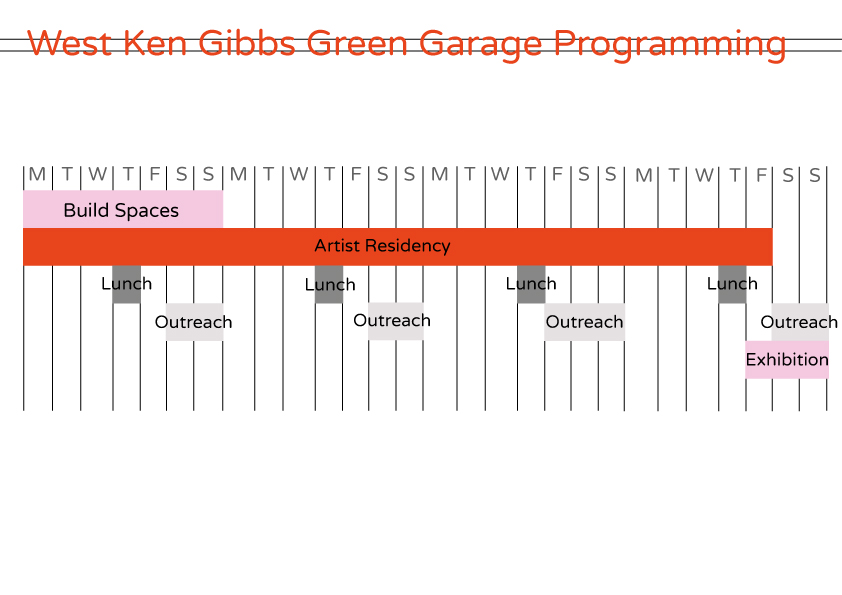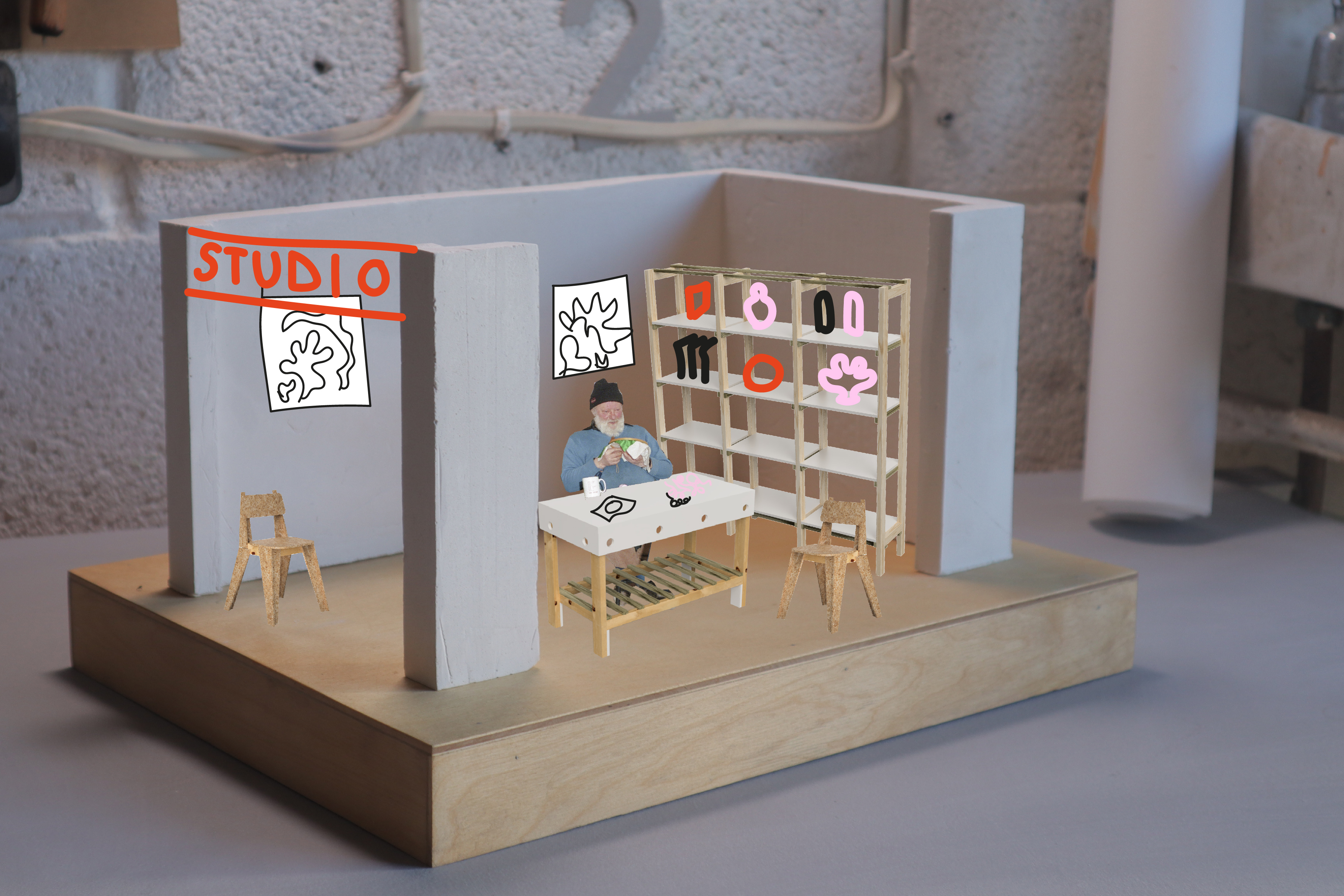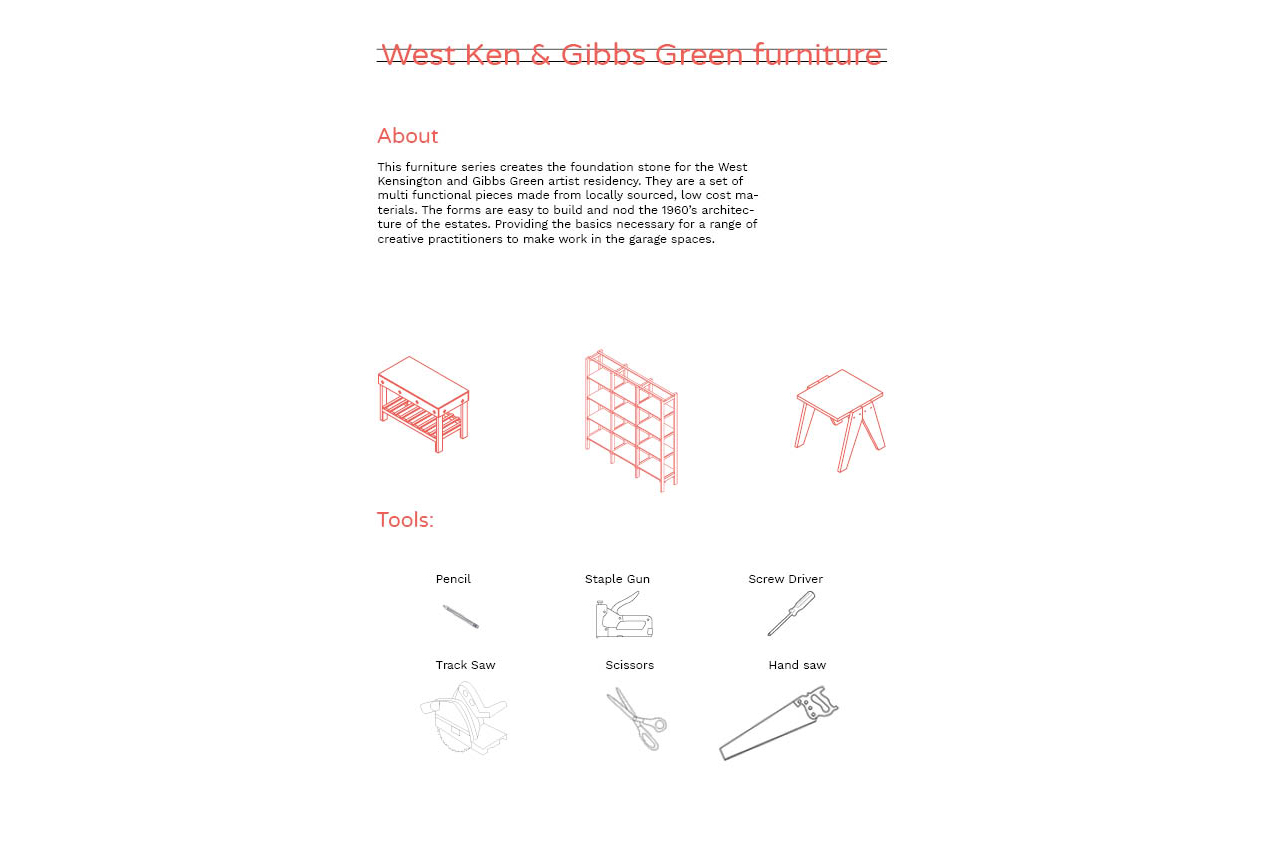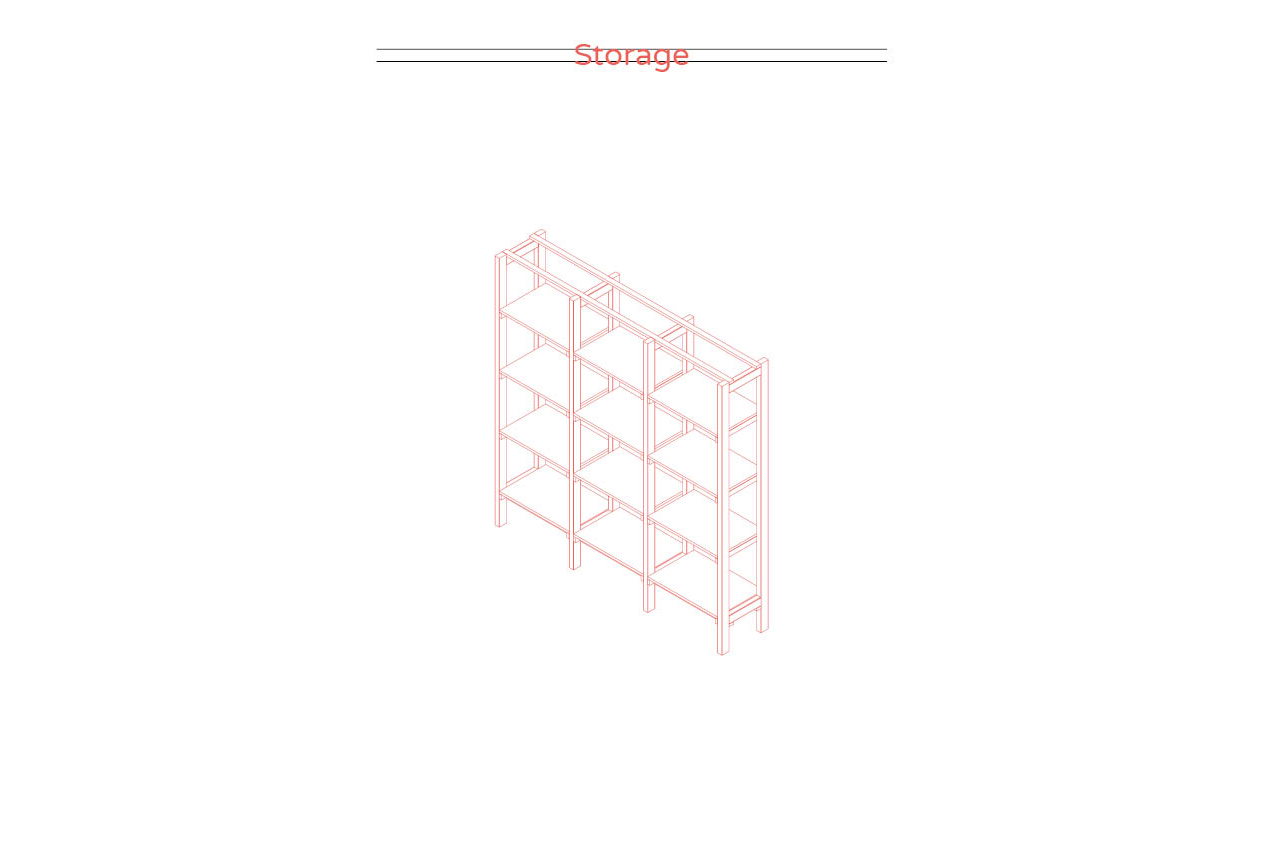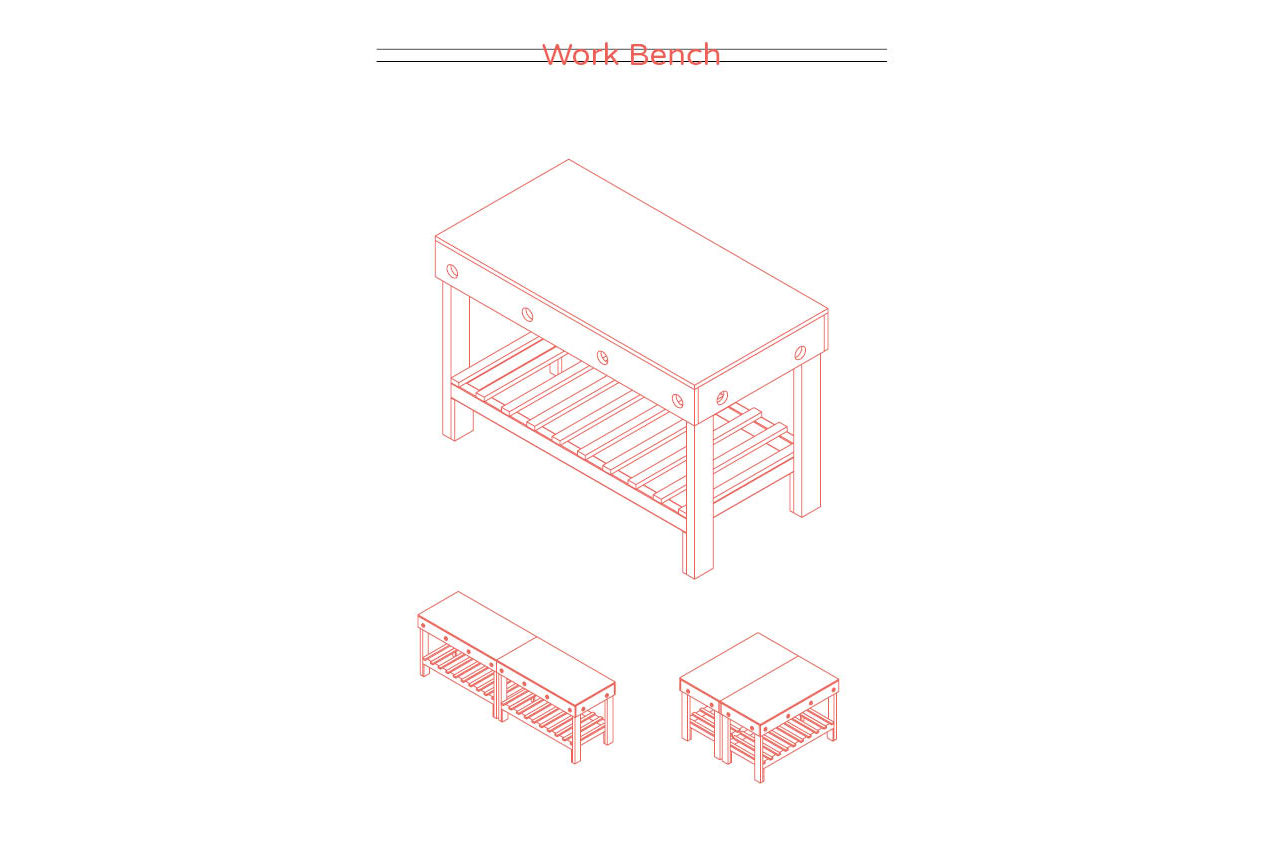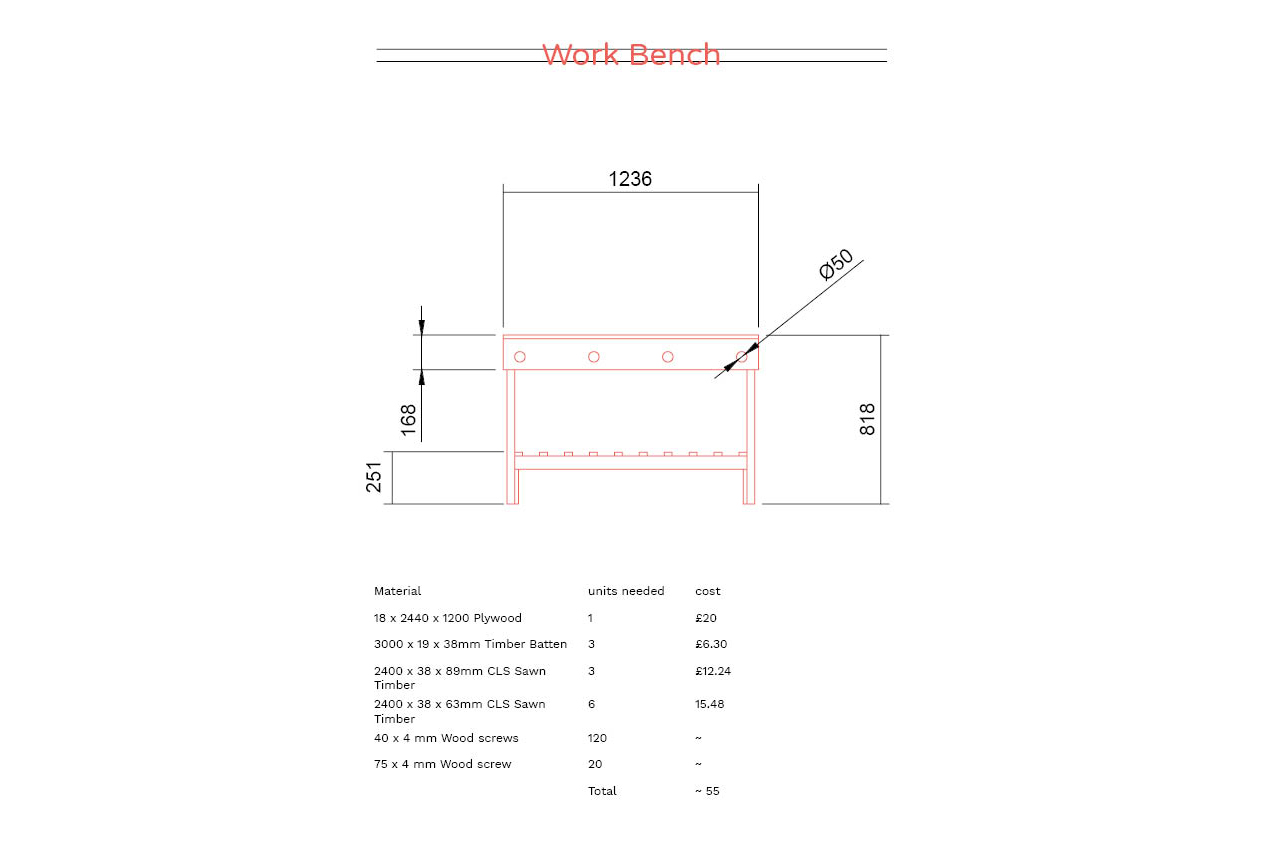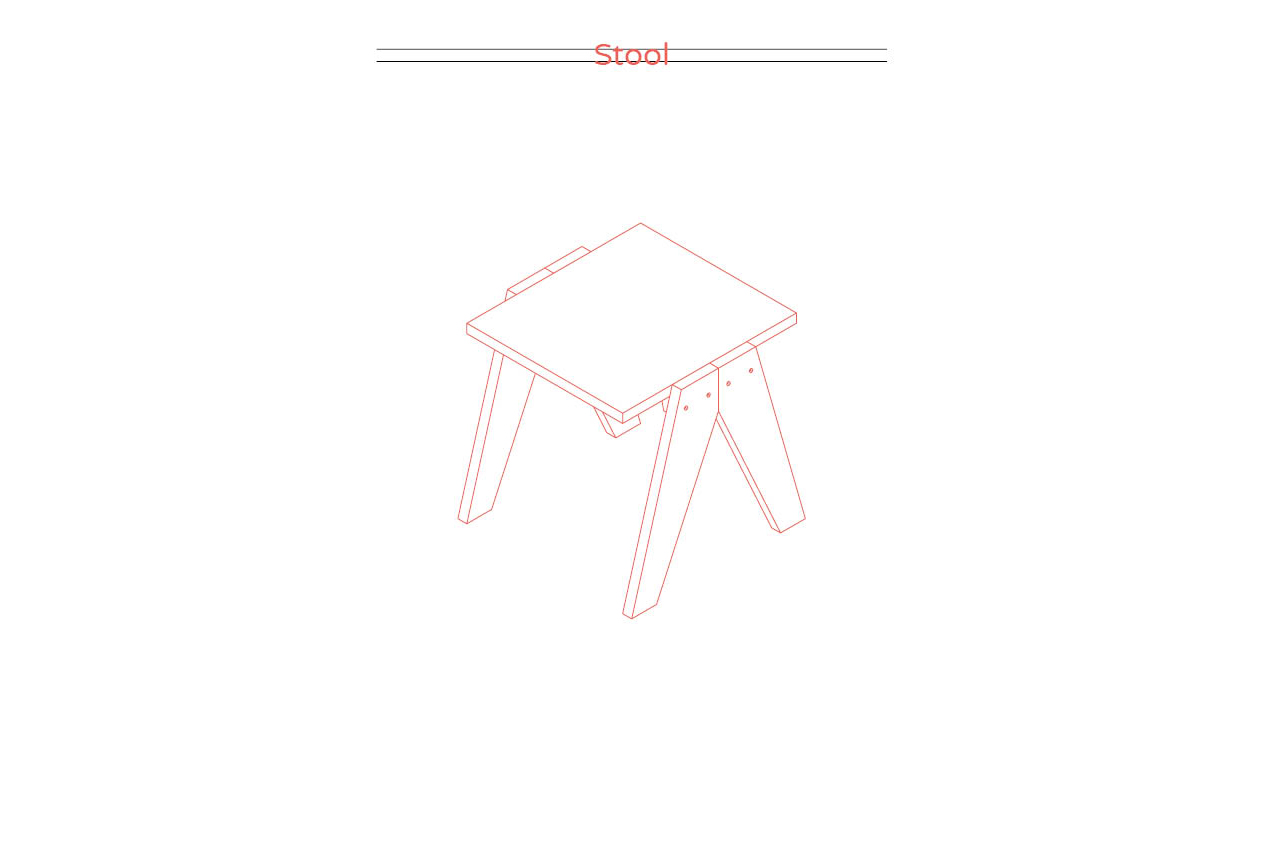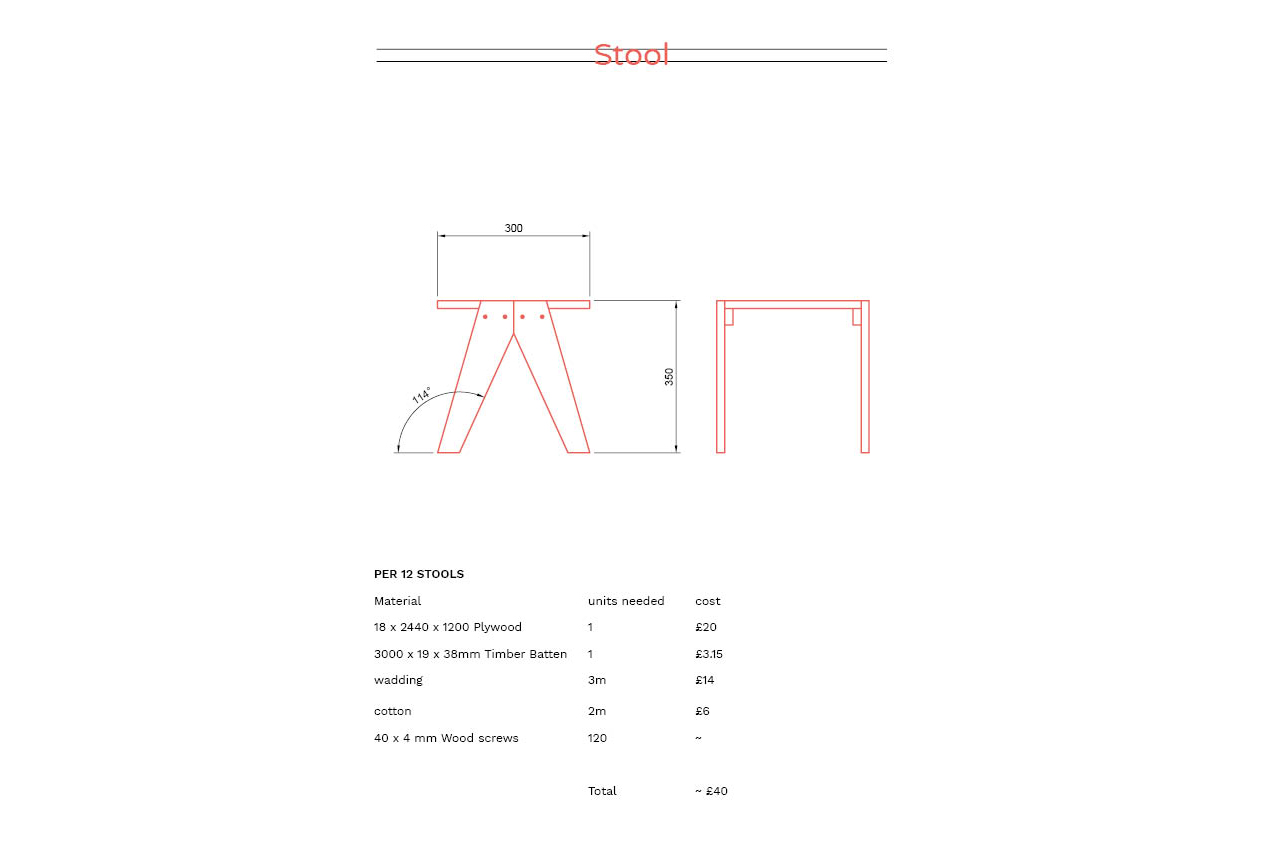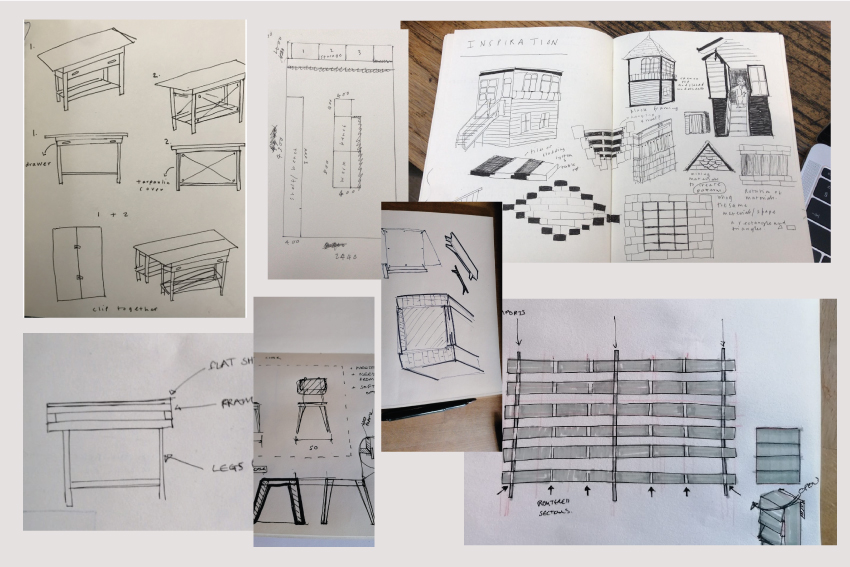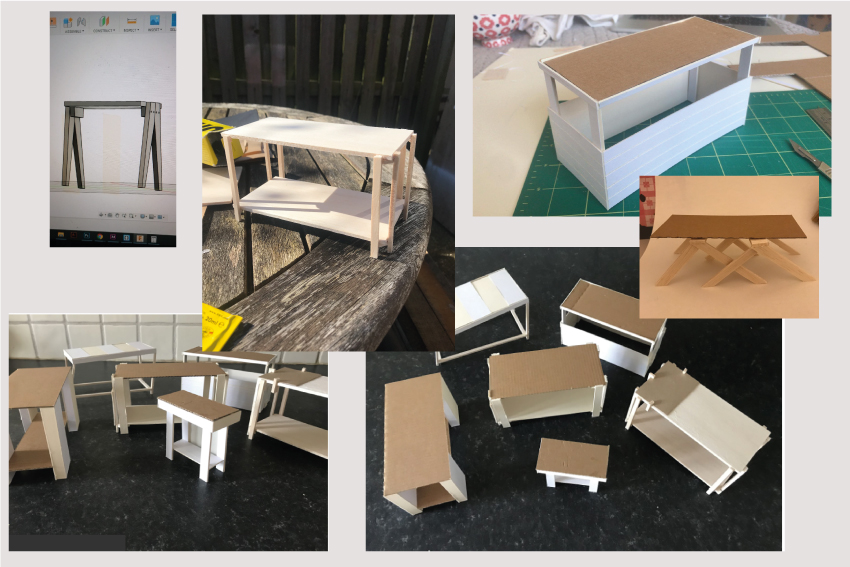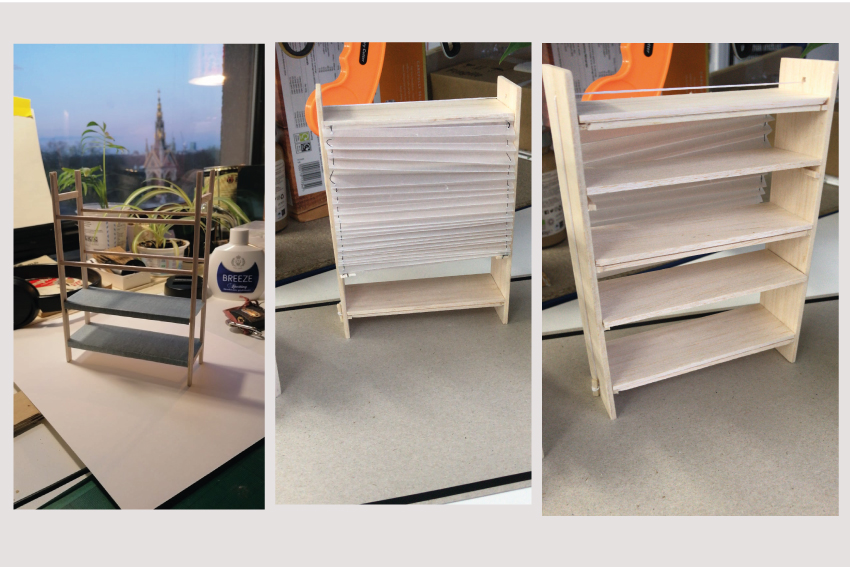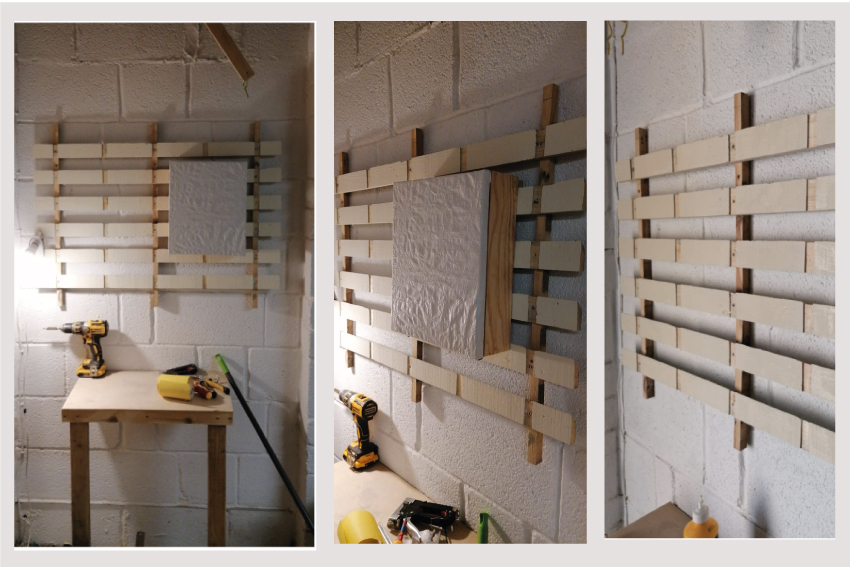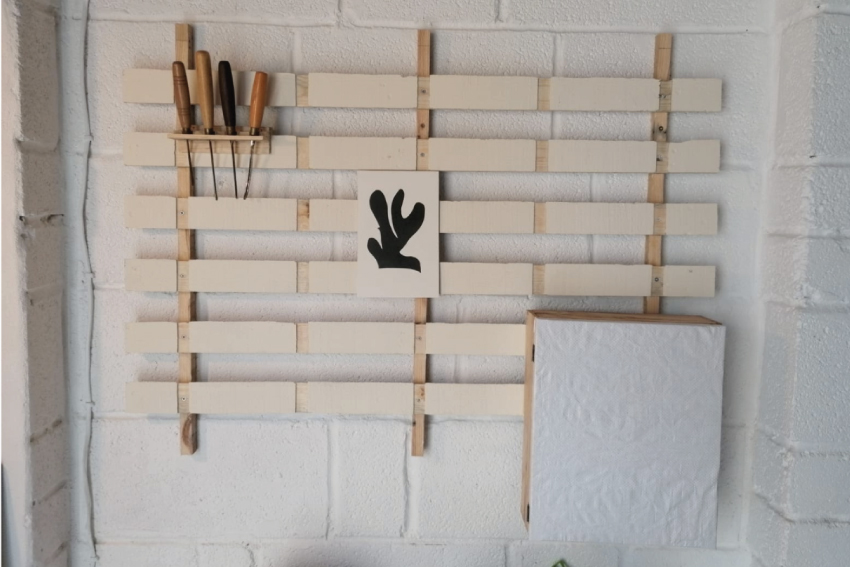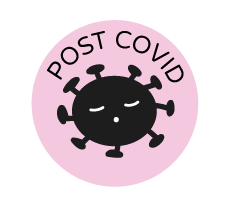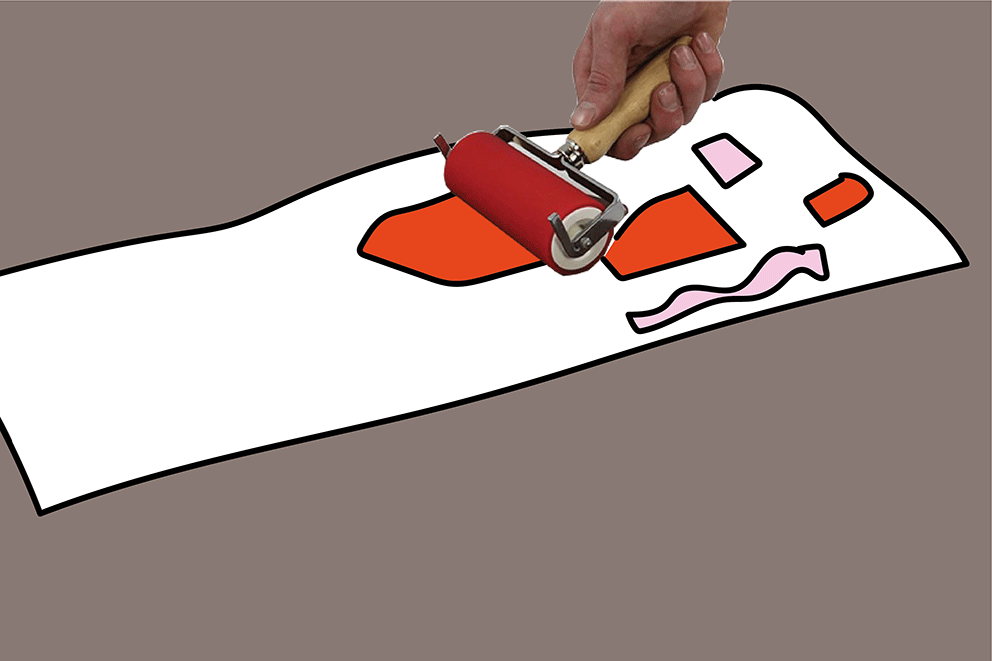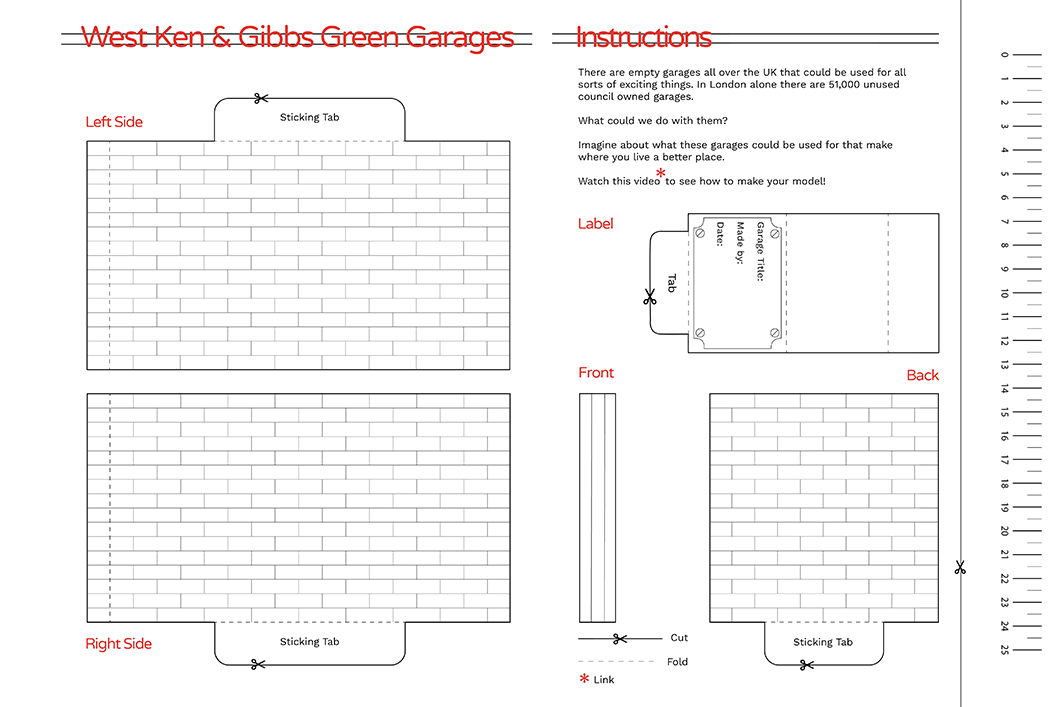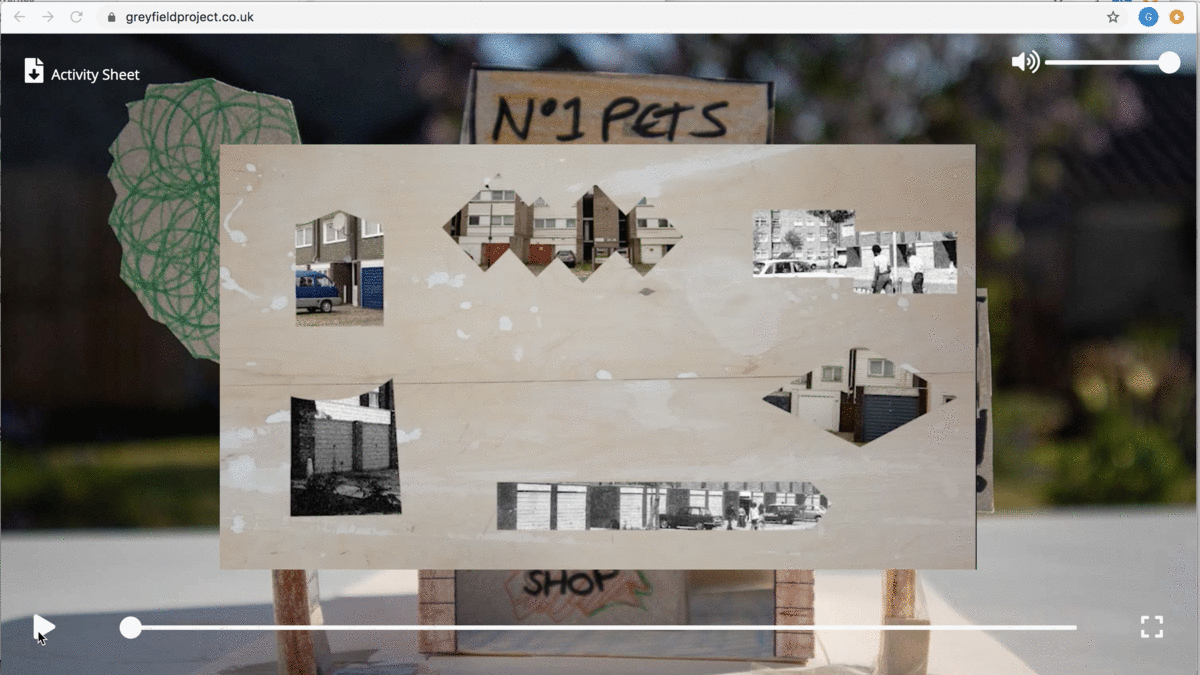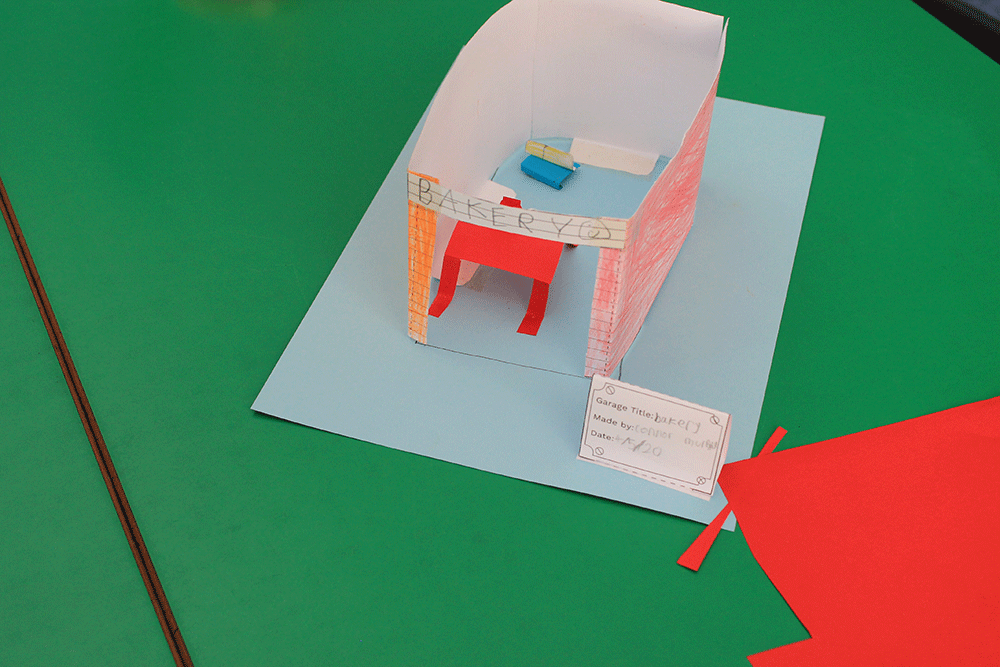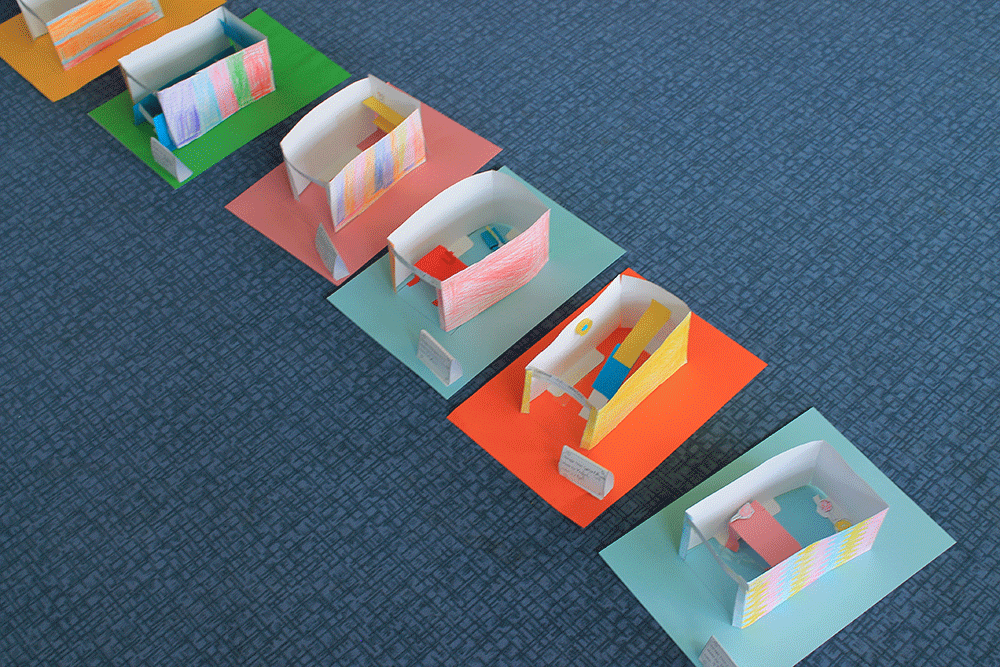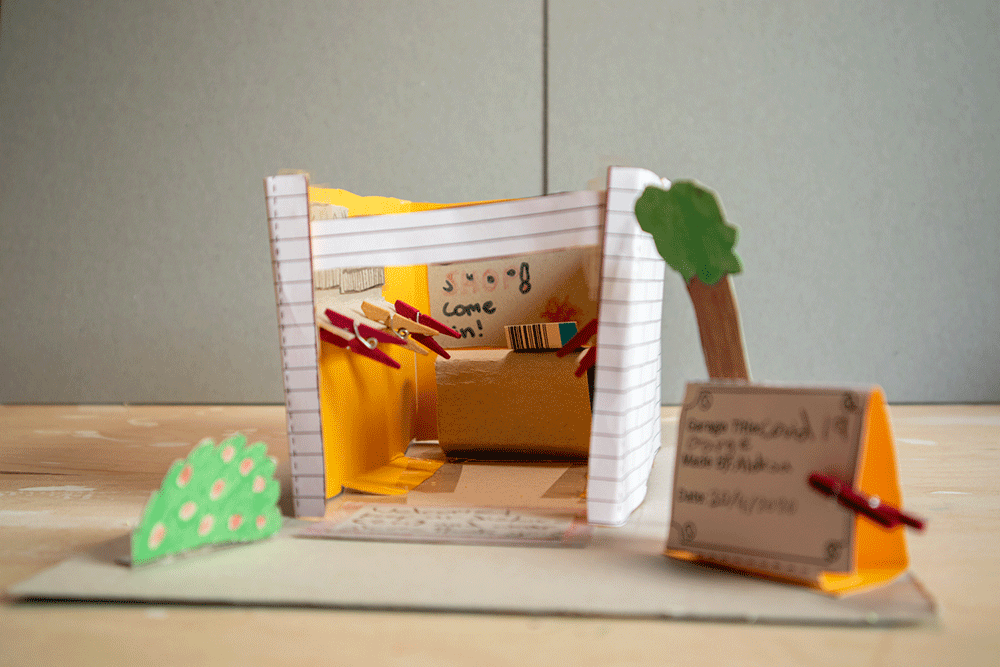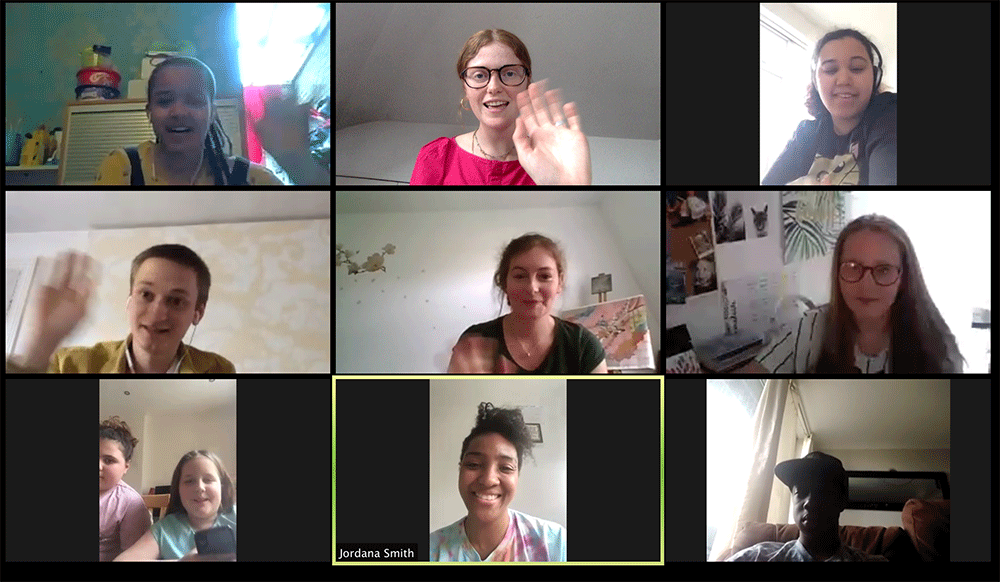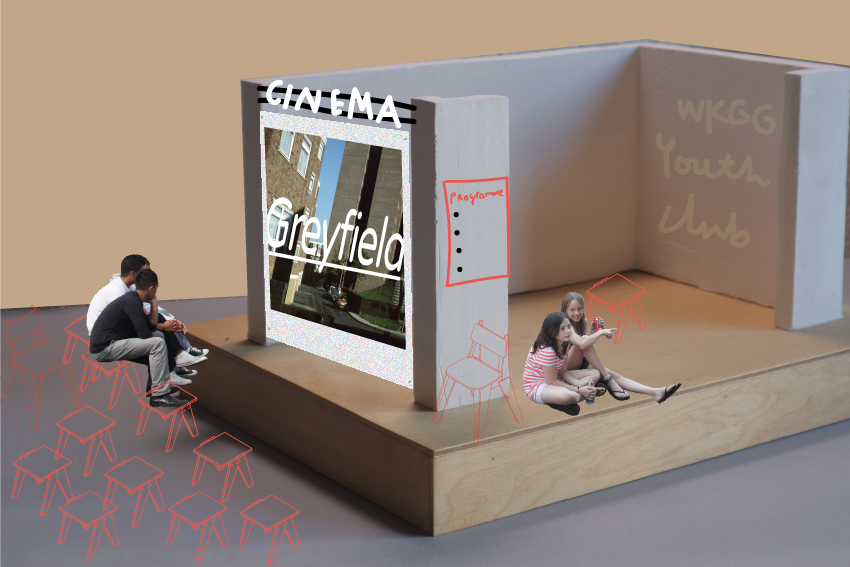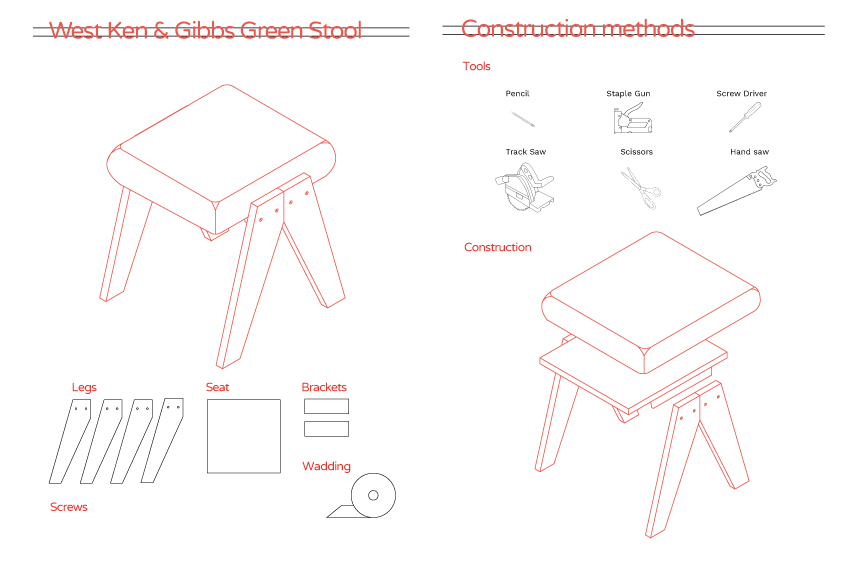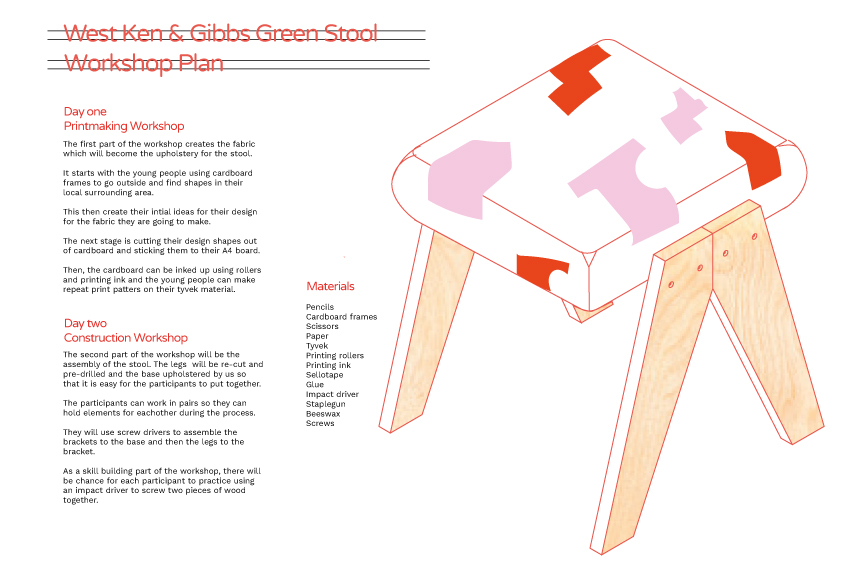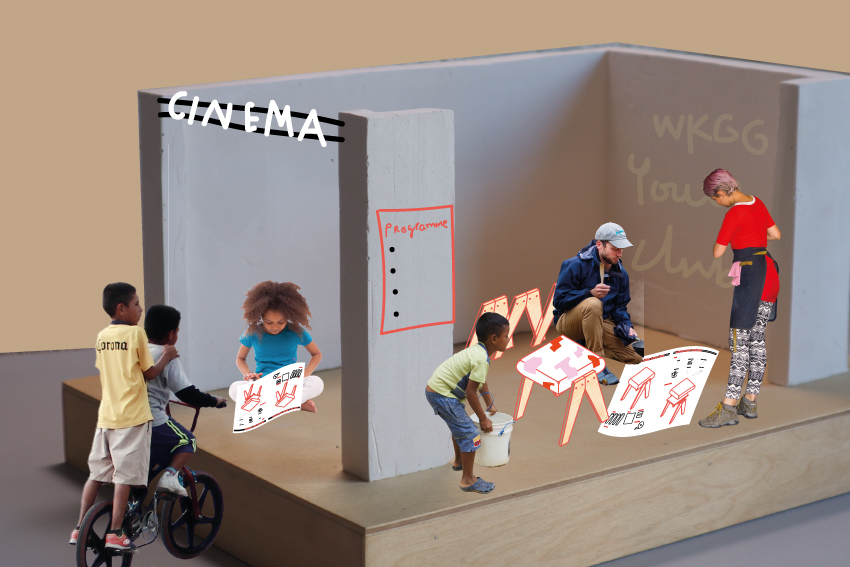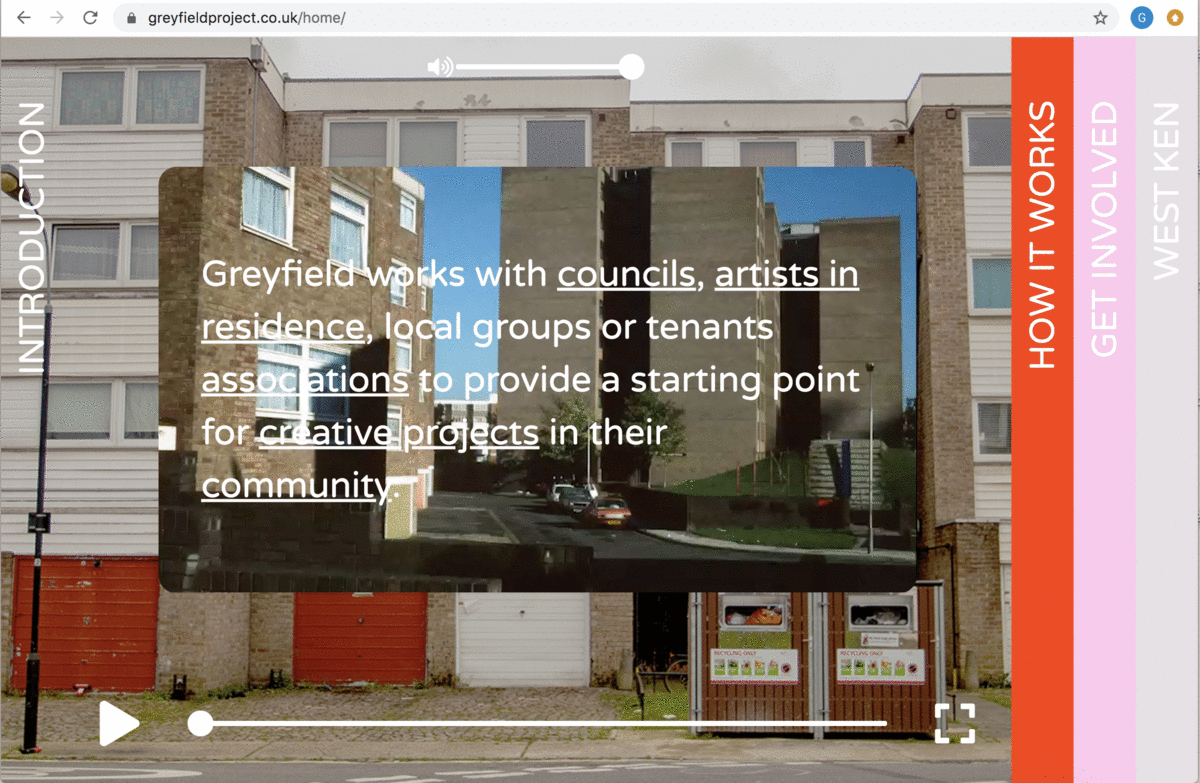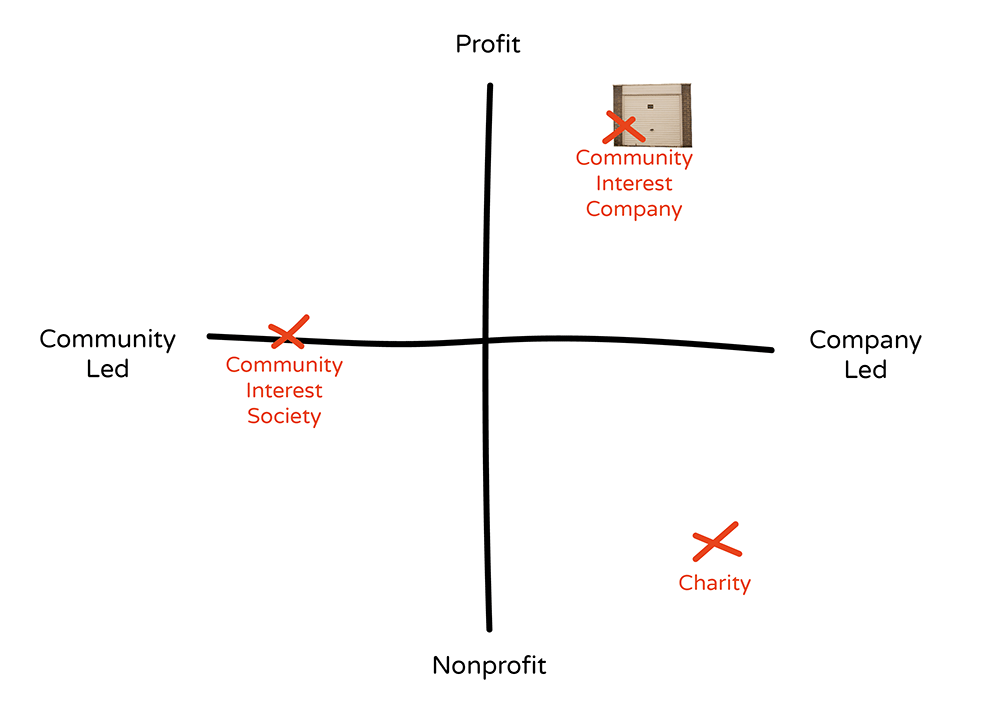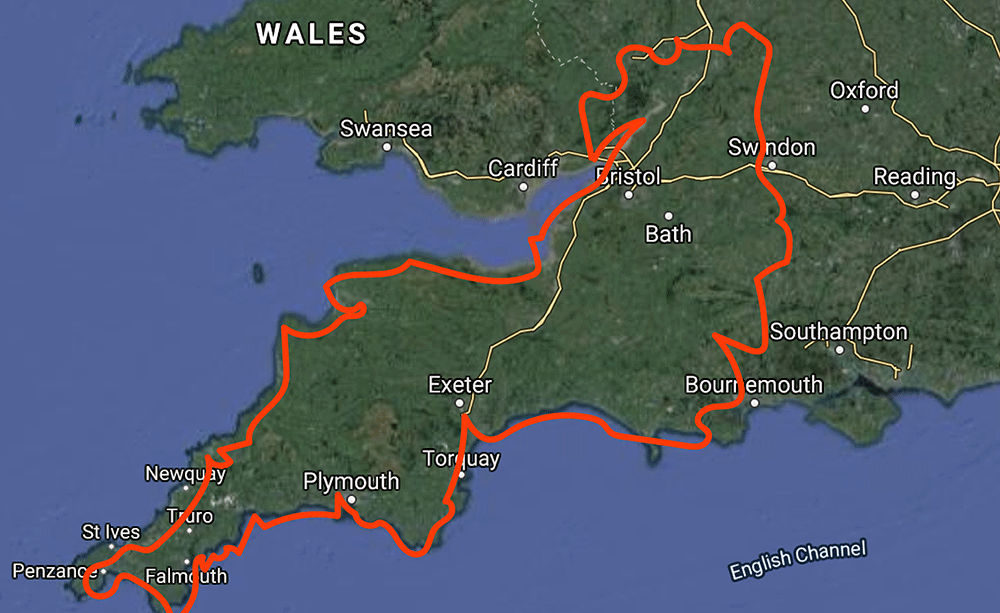Greyfield Project
The Greyfield Project: Investigating sustainability through West Kensington and Gibbs Green’s Empty Garages.
INTRODUCTION
The Greyfield project explores repurposing underused or empty buildings, as a model for enriching communities through championing local culture with quality participation in creative projects.
INTRODUCTION
We wanted to evaluate the success of the project through the lens of sustainability. Since the late 80s the 3 pillars of have been used to evaluate a company’s sustainability impact. Current debate in this area is that the concept fails to recognise real life and real people. We believe there is a 4th pillar of sustainability that needs to be added for 2020: culture, to bring real life back into this idea of sustainability.
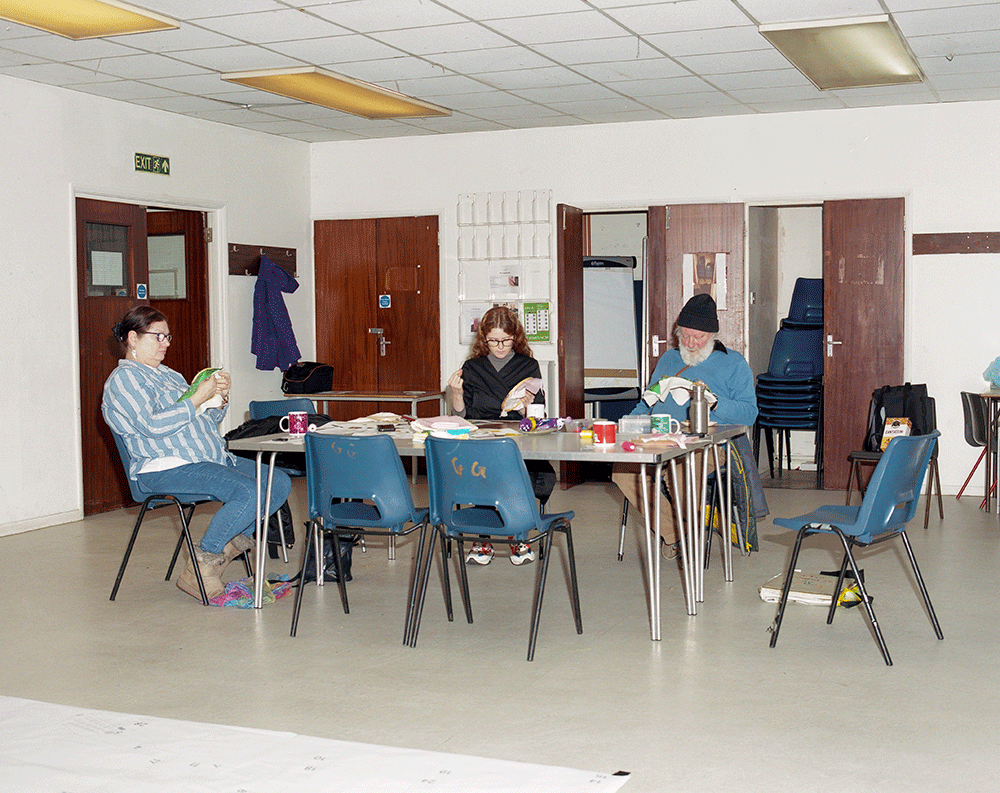
AN OBJECT
The seed of this project started with The People’s Quilt, which was made with the community of West Kensington and Gibbs Green estates. It’s purpose was to explore long term mutually beneficial partnerships between institutions and communities. The relationship it formed kick started our project.
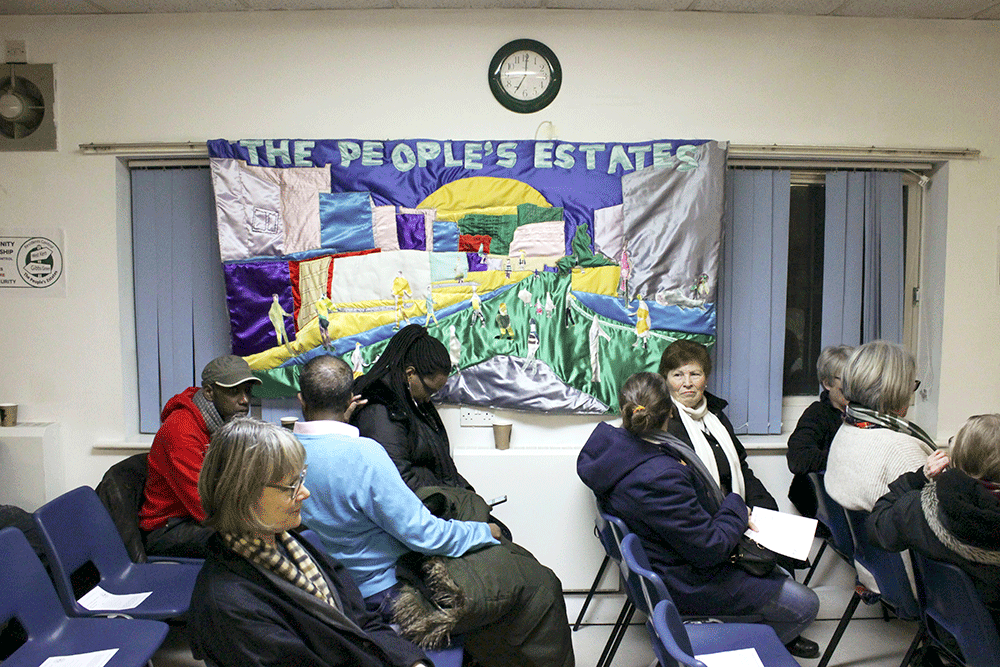
AN OBJECT
West Kensington and Gibbs Green are an active community who after winning their 10 year long fight against demolition, now want community ownership. Our project came at a crossroads in their journey when they wanted to ensure their united front continued. It was in response to this that the idea of an arts committee on the estates started.
A SPACE
We used ethnographic research methods to discover unseen potential within the community. We identified empty garages as spaces that could be a community resource rather than housing. West Kensington and Gibbs Green were built in the 1960’s. A time when more people needed access to garage as cars were less robust and more people owned their own car. This leaves garages as redundant spaces today.
A PLACE
Formalising the arts committee, together we decided that artist studios would be an exciting first transformation for the garages. Acting as a way for local and emerging artists to be hosted on the estates and respond to the heritage and life there. Using art and culture to celebrate the estate’s heroic and under appreciated journey. Putting West Ken on the map, literally and as inspiration for others.
A PLACE
The artist residency format is a way for championing local and emerging artists, as well as creating a space for the local community to access creative activities that feel relevant to them. The residency would last 1 month, using a process of an open call, responding to the brief: “create a piece of work that responds to the heritage of the estates; their history and diversity, visually and culturally.”
A PLACE
The visual and physical transformation of the spaces through a set of multi-functional furniture is the foundation stone of the artist residency. Built on site with some elements part of outreach workshop to create a sense of ownership. The forms take cues from the 1960’s architecture of the estates, using local, easily accessible material and tools
A Place
During the lockdown we strengthened our relationship with the WKGG youth club. Changing our planned workshop to involve young people in the redesign of the garages into online videos and zoom presentation. There was a genuine and real enthusiasm from all involved. The workshop leader invested in Amazon vouchers as prizes for the best garage, which was a testament to the workshop.
A Place
An unexpected theme that developed out of our remote work with the youth club was the concept of a cinema, run and built by the youth club. There was a real understanding from the young people that ownership comes from being involved in the design process. We hope to run this project with them at the next safe opportunity.
A System
We have created a model broken down into five steps which is displayed in an interactive website. It is kept open as we wanted the audience to be broader than the design work, so a council, a community or artists/designer can to initiate a Greyfield Project.

A System
We have created a model broken down into five steps which is displayed in an interactive website. It is kept open as we wanted the audience to be broader than the design work, so a council, a community or artists/designer can to initiate a Greyfield Project.
